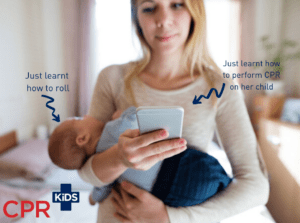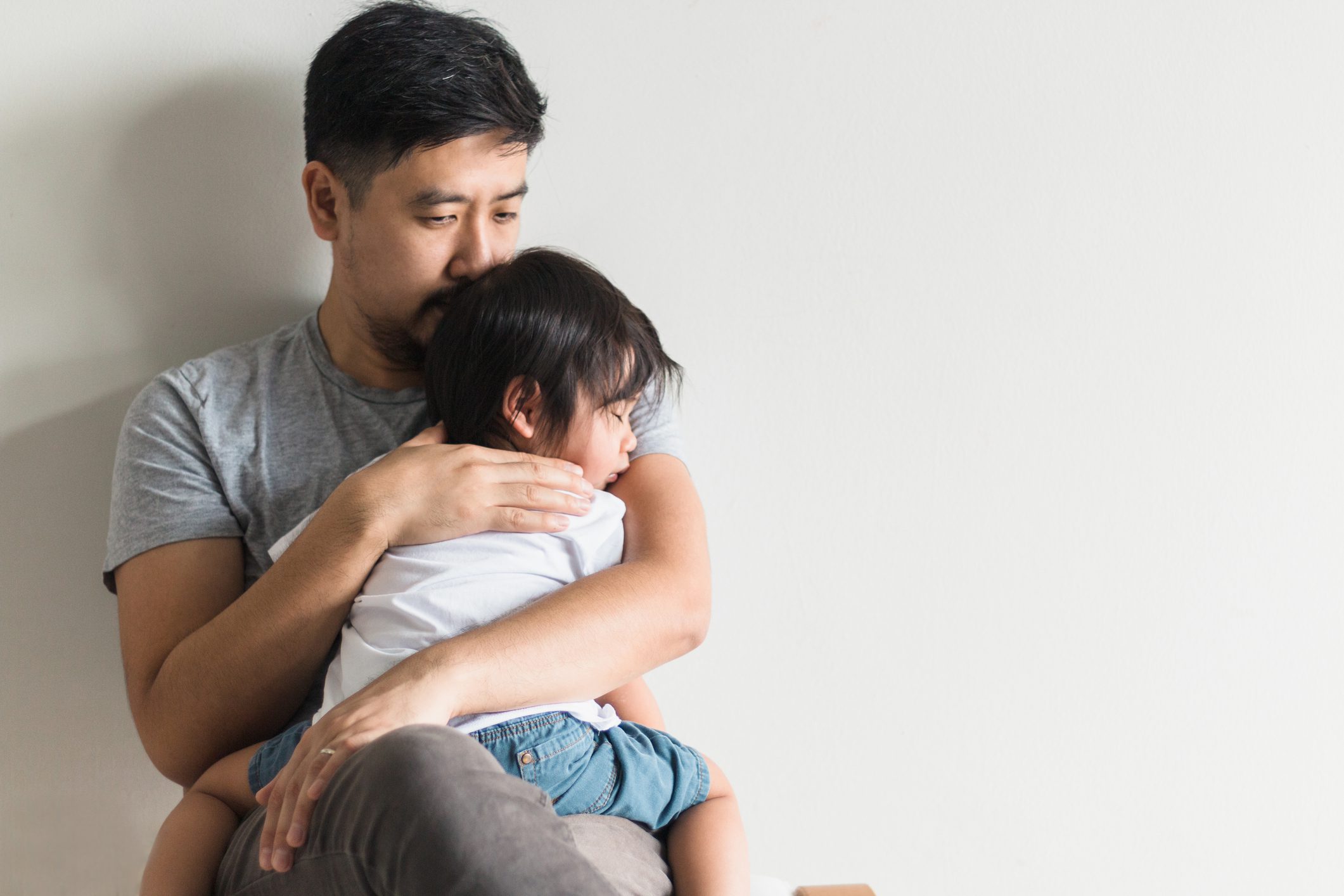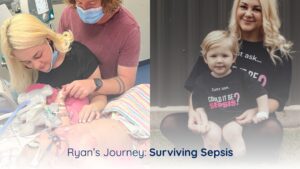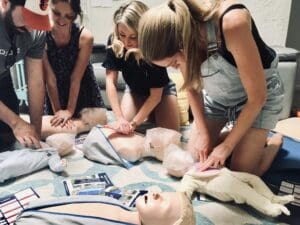
CPR Kids online course – learn when it suits you
Learn the essential skills of baby and child First Aid at your own time, your own pace, and at your place.

It can be hard to understand the term ‘respiratory viruses’—you may have only just learned about RSV and are now hearing things like ‘parainfluenza’ or ‘adenovirus’. Now you are wondering, ‘ Are these new? ‘ Should I be worried?
In a nutshell, respiratory viruses cause illnesses that affect the nose, throat, and breathing passages including the lungs – these viruses are common, not new, and are the usual suspects when it comes to mild colds and the like. Recent illness this winter has everyone (understandably) on high alert and, in turn, has shed light on the different respiratory viruses commonly found.
Here is a great table from NSW Health, that breaks down 5 of the most common respiratory viruses, including their symptoms, the most at-risk groups, and possible complications linked to each.

This depends on the virus in question and the person infected—people with the same virus won’t necessarily experience the same symptoms!
Symptoms most common to respiratory viruses include fever, cough, runny nose, sneezing, sore throat, headache, muscle aches, fatigue, and feeling generally unwell.
As mentioned in the table above. Here is another great break down from NSW Health, detailing each complication (heading linked to fact sheets for more);
The incubation period (how long symptoms take to develop), and your infectious period (how long you are infectious), vary depending on which respiratory virus you have. Usually, though, most people develop symptoms between 1 to 10 days after exposure. You are usually most contagious in the first few days that you have symptoms. However, sometimes people are infectious a few days before their symptoms start. While you continue to have a fever or generally feel unwell, you are still infectious.
Although most respiratory illnesses can be managed at home with rest, keeping hydrated, and pain relief when needed (for comfort, not solely to treat fever) – it is important to look out for any red flags and to seek urgent medical attention if your child displays any of these.
Take your little one to the GP if you think they have any of the above-listed complications, show signs of any other concerns/complications, or if you are worried for any reason.
TIP: Antibiotics do not help as they have no effect on viruses, and can be harmful if taken incorrectly.
With kids, comes sickness. This is inevitable. There is no magic solution or guaranteed answer – but there are important measures to be taken, to help stop the spread of respiratory viruses;
Resources
NSW Health Respiratory viruses fact sheet
Visit the above page and the links in the blog above, for further reading and information on each complication of respiratory viruses. The flu and COVID are not included in this article, but you can click on the fact sheets below to find out more;

Learn the essential skills of baby and child First Aid at your own time, your own pace, and at your place.

On World Sepsis Day, we’re honoured to share Ryan’s story – a cheeky, resilient little boy who survived sepsis against the odds. His journey reminds us that sepsis can happen to any child, from any infection – and that trusting your instincts could save a life.

Stayin’ Alive 🕺 or Baby Shark 🦈 ? How fast should you be doing CPR on babies and children?